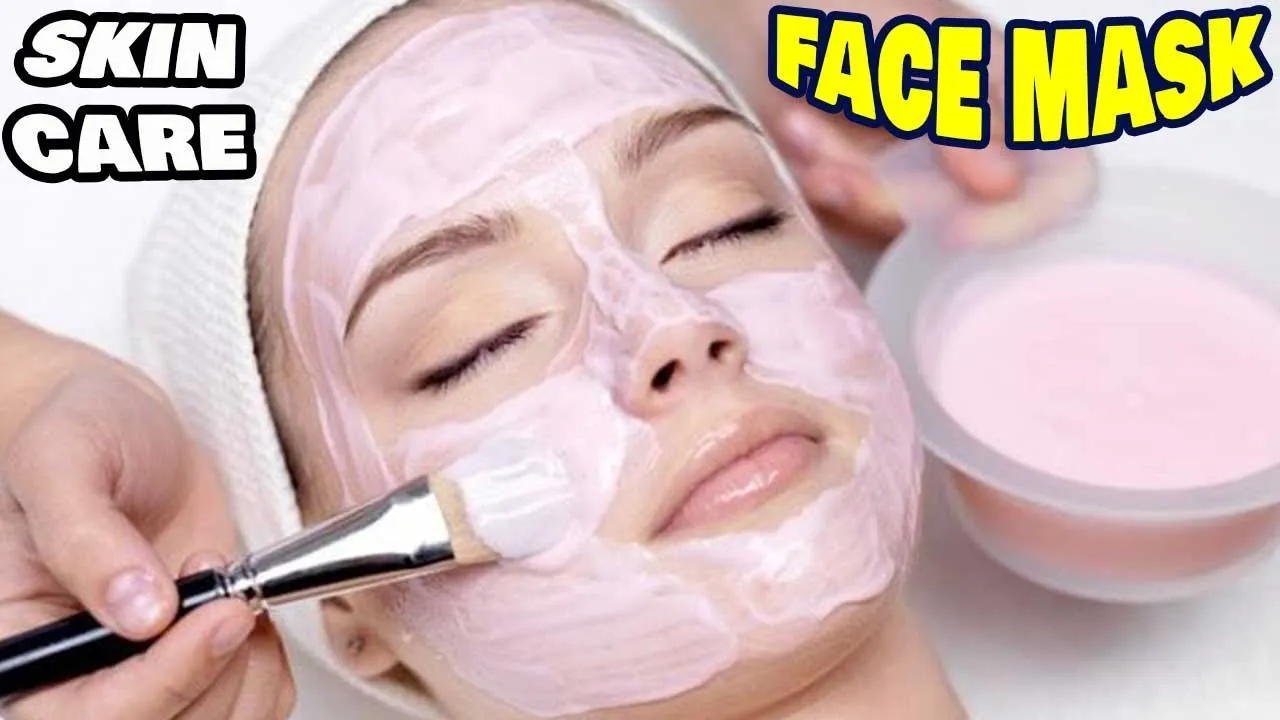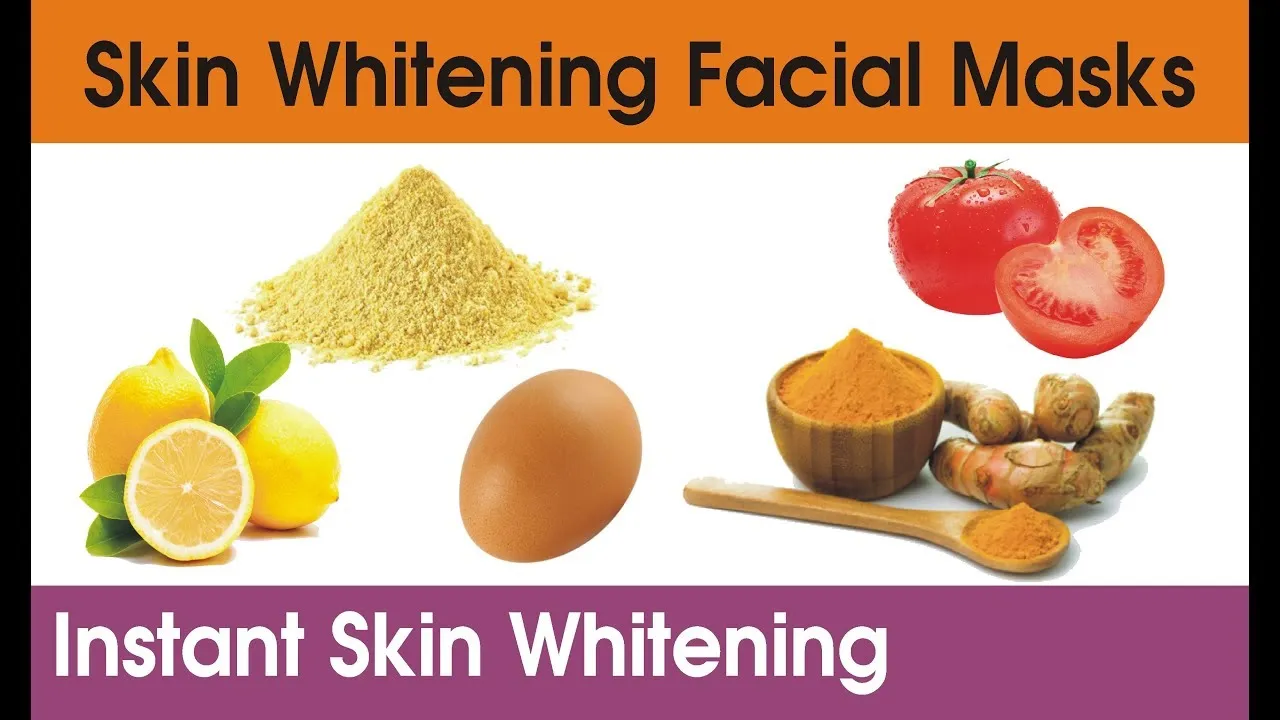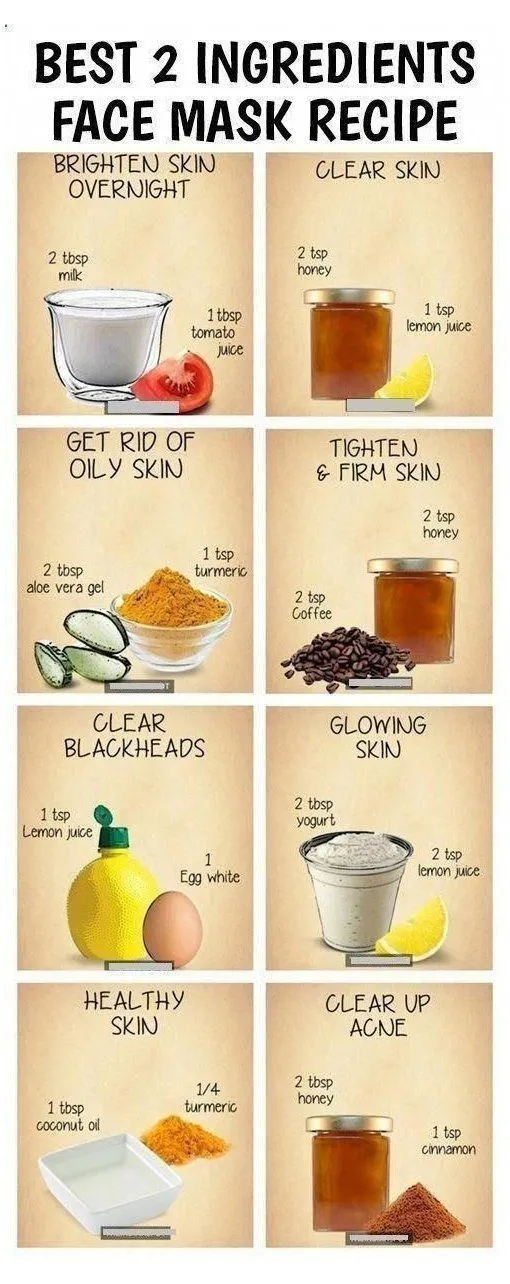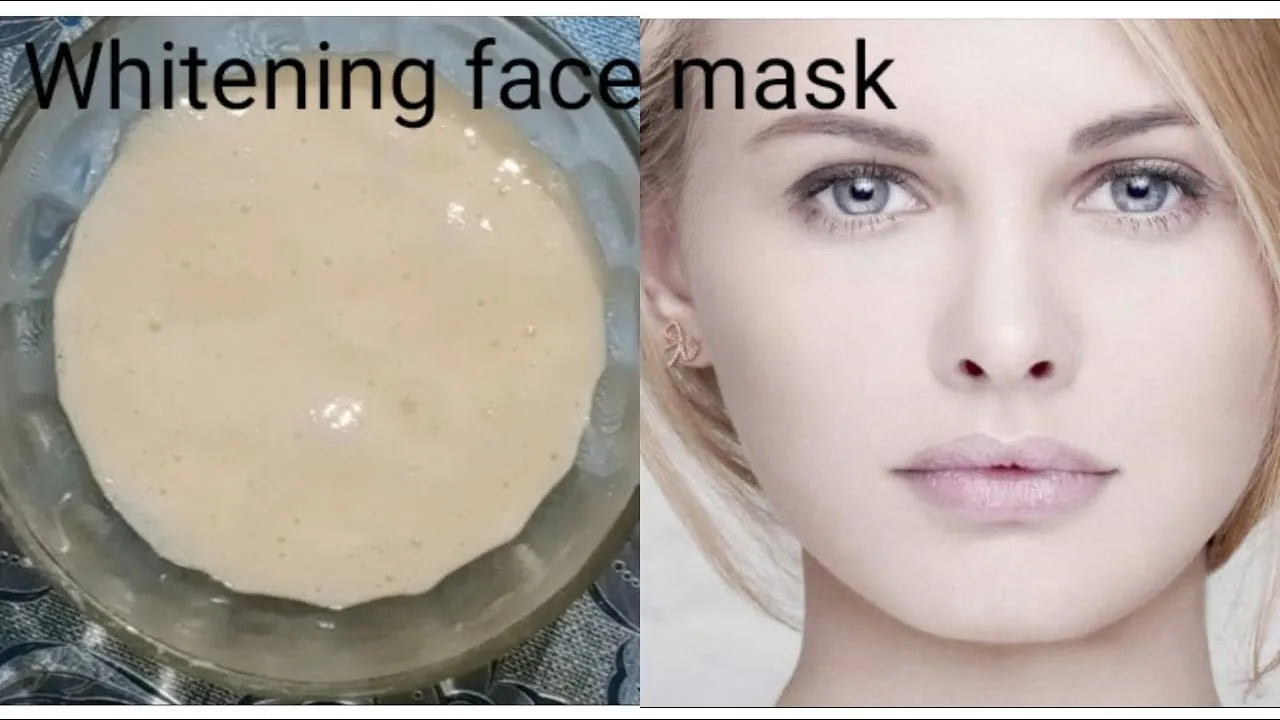Why Homemade Whitening Face Masks Work
In a world obsessed with radiant skin, the quest for a brighter complexion is a journey many embark on. While a multitude of commercial products promise miraculous results, the allure of homemade whitening face masks lies in their simplicity, affordability, and the control you have over the ingredients. These DIY solutions harness the power of natural ingredients, offering a gentler and often more effective approach to achieving a lighter, more even skin tone. The beauty of homemade masks is not just in the outcome, but also in the process - the act of self-care, the understanding of what you’re putting on your skin, and the satisfaction of seeing visible improvements from ingredients you likely already have in your kitchen. Homemade face masks can be a great start for people looking for a brighter complexion because they are easily accessible and simple to make.
Understanding Skin Whitening
Skin whitening, also known as skin lightening or bleaching, aims to reduce melanin, the pigment responsible for the color of your skin. This can be achieved by various means, from inhibiting melanin production to exfoliating existing pigmented cells. Factors such as sun exposure, genetics, and skin conditions can influence uneven skin tone and the desire for skin whitening. The key is to understand that skin whitening is a gradual process, and realistic expectations are essential. It is also important to address any underlying skin issues. Consult a dermatologist if you have any concerns about your skin health. Homemade face masks offer a natural, often gentler, approach to achieving a brighter complexion and improving overall skin health. It is very important to practice consistency to see optimal results.
Common Ingredients for Whitening

Many natural ingredients possess properties that can contribute to skin whitening. Ingredients like lemon, rich in citric acid, act as a natural bleaching agent and exfoliant. Turmeric, with its curcumin content, offers anti-inflammatory and antioxidant benefits, potentially reducing hyperpigmentation. Oatmeal gently exfoliates, removing dead skin cells and revealing brighter skin underneath. Milk, containing lactic acid, can aid in gentle exfoliation and skin brightening. Potato juice, known for its mild bleaching properties, can help lighten dark spots. Aloe vera soothes the skin and promotes healing, potentially reducing the appearance of scars and uneven skin tone. These ingredients, when combined thoughtfully, can create effective homemade face masks, making them a safe alternative to harsh ingredients. Be sure to perform a patch test before applying any new ingredients to your entire face to check for allergies or sensitivities.
Homemade Whitening Face Mask Secrets
Mask 1 Lemon & Honey
This mask combines the brightening power of lemon with the moisturizing benefits of honey. Lemon’s citric acid helps exfoliate and lighten the skin, while honey soothes and hydrates. This mask is suitable for most skin types but should be used with caution on sensitive skin due to the potential for irritation from lemon. Always dilute the lemon juice and avoid sun exposure after application.
Benefits of Lemon and Honey

Lemon offers potent antioxidant and cleansing properties, fighting against free radical damage and promoting a healthy skin. Honey is an amazing natural moisturizer, it attracts and retains water, keeping the skin hydrated and supple. Honey’s antibacterial properties also help combat acne and prevent breakouts. This dynamic duo brightens skin and leaves it feeling soft and revitalized. They both help fight against issues like dry skin, acne, and uneven skin tone. The properties found in lemon and honey make for a great combination for healthier skin.
How to Prepare and Apply
Mix 1 teaspoon of fresh lemon juice with 1 teaspoon of raw honey. Apply the mixture to your face, avoiding the eye area. Leave it on for 10-15 minutes, then rinse with lukewarm water. Perform a patch test on a small area of your skin before applying the mask to your entire face, as lemon can cause irritation, especially on sensitive skin. Always apply sunscreen after use, as lemon can increase sun sensitivity.
Mask 2 Turmeric & Yogurt
This mask harnesses the anti-inflammatory and brightening properties of turmeric, along with the lactic acid benefits of yogurt. Turmeric helps reduce hyperpigmentation and inflammation, while yogurt gently exfoliates and hydrates. This mask is suitable for most skin types, offering a gentle yet effective approach to skin brightening.
Benefits of Turmeric and Yogurt

Turmeric is a powerhouse of antioxidants and anti-inflammatory compounds, combating free radicals and reducing skin inflammation. Yogurt, rich in lactic acid, helps in gentle exfoliation, removing dead skin cells and promoting a brighter complexion. Both ingredients have excellent moisturizing properties that leave skin feeling soft and revitalized. Turmeric and yogurt can provide amazing health benefits to the skin when combined.
How to Prepare and Apply
Mix 1 teaspoon of turmeric powder with 2 teaspoons of plain yogurt. Apply a thin layer to your face, and leave it on for 15-20 minutes. Rinse with lukewarm water. This mask may temporarily stain the skin yellow; this is normal and will fade over time. If you have sensitive skin, perform a patch test first.
Mask 3 Oatmeal & Milk
This mask combines the gentle exfoliating power of oatmeal with the hydrating and brightening benefits of milk. Oatmeal helps remove dead skin cells, while milk provides lactic acid for gentle exfoliation and hydration. This mask is great for sensitive skin due to its gentle nature.
Benefits of Oatmeal and Milk

Oatmeal’s gentle exfoliating properties remove dead skin cells, revealing brighter skin underneath. Milk, containing lactic acid, aids in gentle exfoliation and skin brightening, promoting a more even skin tone. This mask is incredibly soothing and hydrating, making it ideal for sensitive skin types. The anti-inflammatory properties in oatmeal can also help soothe irritated skin.
How to Prepare and Apply
Grind 2 tablespoons of oatmeal into a fine powder. Mix with 2-3 tablespoons of milk to form a paste. Apply to your face and leave it on for 15-20 minutes, then rinse with lukewarm water. Pat your face dry with a soft towel and apply moisturizer. This mask is gentle enough for daily use, but listen to your skin and adjust frequency as needed.
Mask 4 Potato Juice
This mask utilizes the natural bleaching properties of potato juice to lighten dark spots and even skin tone. Potato juice can be particularly effective for addressing hyperpigmentation and dark circles. This mask is generally well-tolerated but it’s always advisable to perform a patch test first to ensure no adverse reactions.
Benefits of Potato Juice

Potato juice contains natural bleaching agents that help to lighten dark spots, blemishes, and uneven skin tone. It has anti-inflammatory properties that can soothe irritated skin. The high water content of potato helps to hydrate and revitalize the skin, leaving it feeling refreshed and soft. Potato juice can be a great natural remedy for skin issues.
How to Prepare and Apply
Grate a raw potato and extract the juice. Apply the juice directly to your face using a cotton ball. Let it sit for 15-20 minutes, and then rinse it with lukewarm water. For optimal results, repeat this process two or three times a week. Always perform a patch test on a small area of your skin before applying it to your entire face to check for sensitivity or allergic reactions.
Mask 5 Aloe Vera
This mask uses the healing and soothing power of aloe vera. Aloe vera’s properties help reduce inflammation, promote healing, and potentially lighten scars and dark spots. This mask is suitable for most skin types, but especially beneficial for those with sensitive or irritated skin.
Benefits of Aloe Vera

Aloe vera is known for its soothing and anti-inflammatory properties, which can reduce redness and irritation. It contains compounds that can help lighten dark spots and scars, promoting a more even skin tone. Aloe vera is also an excellent moisturizer, keeping the skin hydrated and supple. It provides nutrients and hydration to make skin healthier.
How to Prepare and Apply
Extract the gel from an aloe vera leaf. Apply a thin layer of the gel to your face and leave it on for 20-30 minutes. Rinse with lukewarm water. This mask can be used daily, as aloe vera is gentle and beneficial for most skin types. Always ensure you are using pure aloe vera gel, free from added fragrances or chemicals.
Tips for Maximizing Whitening Results
Consistency is Key
The effectiveness of homemade whitening face masks depends on consistent use. For best results, incorporate these masks into your skincare routine regularly, usually 2-3 times per week, depending on your skin type and the specific mask. Consistency ensures a gradual, yet noticeable, improvement in skin tone. Be patient, and remember that it may take several weeks or months to see significant results. Listen to your skin and adjust the frequency based on its response. Patience and consistency are your allies in the journey to achieving a brighter complexion.
Sun Protection
Sun exposure can undo the efforts of any skin whitening treatment and can worsen existing hyperpigmentation. It’s crucial to protect your skin from the sun’s harmful rays. Always wear a broad-spectrum sunscreen with an SPF of 30 or higher every day, even on cloudy days. Sunscreen is your best defense against new dark spots and uneven skin tone. Wear protective clothing, such as hats and sunglasses, and seek shade during peak sun hours. By incorporating sun protection into your daily routine, you maximize the benefits of your homemade face masks and maintain a bright, healthy complexion.
Testing for Allergies
Before applying any new homemade face mask to your entire face, it’s crucial to perform a patch test. Apply a small amount of the mask to a discreet area of your skin, such as your inner arm or behind your ear. Wait 24-48 hours to see if any irritation, redness, itching, or other adverse reactions occur. If you experience any negative effects, discontinue use immediately. If the patch test is clear, you can safely apply the mask to your face. This simple step can prevent unwanted allergic reactions and help you enjoy the benefits of homemade face masks with confidence.
